- Home
- Peter Corris
Mad Dog Moxley Page 10
Mad Dog Moxley Read online
Page 10
Hundreds of people had attended Wilkinson's funeral the day before at Rookwood. The clergyman said that the discovery of the bodies had given a measure of relief to the families, but the site was ‘a place of horror’. Wilkinson's mother and sisters had been unable to attend due to their grief but many of his workmates were present. A newspaper reported that there had been ‘pathetic scenes’ at the graveside. But Wilkinson's name was to make headlines in the weeks following Moxley's committal and trial.
THE GRAVES OF FRANK WILKINSON (LEFT) AND DOROTHY DENZEL (RIGHT) AT ROOKWOOD CEMETERY
On 30 July, under the confident headline ‘GANG SENTENCE OF DEATH: UNDERWORLD “GOT” WILKINSON’, Smith's weekly published an article alleging that Frank Wilkinson had been a criminal, a police informer, and had been executed by Moxley in revenge for his ‘snitching’. The article claimed that its truth could be vouched for in every particular: ‘It is a complete unravelling of the mystery of the dreadful Moxley murders.’
In the lurid prose characteristic of the scandal sheet, the article asserted that Wilkinson was a gangster, a member of a ‘foul breed’ of criminals. His ‘gangland execution’ was traced back a feud between Sydney criminals towards the end of the ‘razor gang’ era when, among others, Norman Bruhn and Barney Dalton were shot and killed in separate gangland fights. According to Smith's Wilkinson was in the company of Dalton when he was killed and Moxley was in the company of Frank Green. Wilkinson was targeted for his attempt to blackmail associates of Green, who had been acquitted of the murder of Dalton. The paper alleged that Moxley, and other associates of Green, faced a threat of Wilkinson informing on them to the police about a number of crimes.
‘With the valour of ignorance’, Wilkinson hunted for Moxley in order to extort money from him. Moxley was, in underworld parlance, ‘in smoke’ but Wilkinson was permitted to locate him and demand ‘a substantial sum’ of money by Tuesday 5 April. Moxley, according to this elaborate narrative, arranged to meet Wilkinson at his wood-cutting camp near the Holsworthy Army Reserve at Moorebank.
The article then went on to reconstruct the murders in detail on the basis of a confession made by Moxley after his trial. Wilkinson drove to the camp, left Dorothy Denzel in the car and accosted Moxley, who said he couldn't raise the money. Wilkinson issued his threat and Moxley shot him twice. The noise of the shots brought a scream from Dorothy Denzel, who ran to the camp and attacked Moxley; he knocked her unconscious, stripped and raped her - ‘a ghastly interlude’, as the journalist euphemistically put it, ‘on which medical evidence was given’.
Following this, Moxley heaved Wilkinson into the car and tied Dorothy to a tree, using strips torn from a rug he found in Wilkinson's car. He drove the corpse to a spot he had selected beforehand, dug a shallow grave and dumped it. The reconstruction continues with Moxley forcing Dorothy to accompany him when he steals petrol, ‘thus weaving the hempen rope around his neck’. Dorothy attacks him again and he kills her and buries her in the bush. He returns to the city and reports to the gangsters whose instructions he was carrying out, but they are unable or unwilling to help him and he is forced to hide in the bush.
Some speculation followed. ‘Did Wilkinson suspect that a trap was laid for him by Moxley’ and take Dorothy along as a form of protection from violence? Continuing to quote from a statement allegedly made by Moxley, in which he would have postponed the killing for another day had he known Wilkinson was not alone, the article endorses this speculation. Further, Moxley is quoted as saying that the disposal of the woman was necessary to ensure his own safety. Aware of someone escaping punishment by the use of a ‘mental alibi’, Moxley believed that by killing Dorothy he could ‘make a good alibi that would clear me’. The article concluded:
Her faith in Wilkinson, loyalty to a friend, the blind wrath of outraged womanhood, that all but incredible courage on that appalling night in the bush, these brought Dorothy Denzel to her dreadful grave. But her spirit still fights in a dauntless duel with the murderer until the bell shall toll finis to the final chapter.
In a somewhat contradictory sidebar to the main story, the unsigned smith's Weekly article alleged that Frank Wilkinson was involved in the Mudgee mail robbery in 1930. Masked and armed men held up a train at the foot of the Blue Mountains and escaped with £8000 in cash. ‘In gangland it is asserted that Frank Wilkinson drove the car which conveyed the robbers to Penrith.’ The item goes on to claim that it was informing on this case that caused the death sentence to be carried out on Wilkinson.
The article raised a storm of protest from the police, from Frank Wilkinson's father and others. Sydney's Daily Telegraph, the sydney morning Herald and the Labour Daily poured scorn on the article. It was reported that Alexander Wilkinson, Frank's father, had interviewed the Minister for Justice to protest about the slandering of his son. Ike Harvey and Joseph Dudley Prendergast, mentioned in the original article as criminals, took out writs against Smith's for £1000 and £2000 respectively.
Smith's editorialised in an issue the following week that the story was based on an affidavit sworn by Harold Roach, a former police officer, who claimed to have used Wilkinson as an informant and to have sources within Sydney's criminal fraternity. It was ‘unthinkable’, the paper asserted, that such a solemnly sworn testimony could be false and Roach was prepared to be examined on it in the most minute detail. Smith's called, as it had done many times before, for a full enquiry into Sydney's notorious underworld. The paper had received offers of corroboration from people asking for money and from underworld figures but, striking a high moral tone, it had chosen not to use information tainted in this way.
Roach's sworn statement began with the claim that he had met Wilkinson three years before in Romano's café at a supper dance in the company of Barney Dalton, a known criminal. Dalton had introduced Wilkinson as a friend and on a subsequent occasion Wilkinson said he had information that could be useful and Roach had taken him up on the offer.
Astonishingly, this follow-up article stated that it did not intend to blacken the character of the murdered man. It is almost as though the writer of the second article had not read the first. It also took a new tack, asserting that its object was to provide a motive to explain what was apparently a motiveless, horrible crime.
On 6 August Smith's recanted, the headline reading SMITH'S CLEARS WILKINSON…PROSECUTION FOR FALSE SWEARING TO BE LAUNCHED’. In an extraordinary climb-down, the article began: ‘Frank Barnby Wilkinson was an honest, law-abiding citizen…’ Following information supplied by the Chief Secretary, and although the initial claim was that his credentials had been ‘thoroughly examined’, Roach was now discredited as a person who had been dismissed from the police force; Roach had apparently improperly disposed of items of evidence. Smith's resolved to prosecute Roach vigorously for having sworn a false statement.
Roach's story was such an obvious fabrication that it is difficult to understand why he conceived it or why Smith's published it. Independent witnesses testified to the presence of Frank Wilkinson's car in Strathfield on the night of the murder. Wilkinson was shot once, not twice, and there was no evidence that Dorothy Denzel had been tied to a tree.
William Cyril Moxley was a small-time thief and his association with more serious criminals was some years in the past. Roach made a glaring mistake in naming Joseph Dudley Prendergast as a criminal who had been shot and killed by notorious brothel-owner Kate Leigh. That had happened in 1930 but the dead man was ‘Snowy’ Prendergast, quite a different person. It is scarcely surprising that Joseph Dudley took out a substantial writ. Further, neither Moxley nor Wilkinson was present when Dalton was shot in 1929, as any check with the police would have revealed.
It is also difficult to understand why Smith's accepted Roach's account as factual and why it printed the article using such expressions as ‘an unequivocal answer’ to describe the narrative and ‘double-dealer’ to describe Wilkinson. Smith's was not known for its strict adherence to fact. The hectic prose it employed always leane
d towards exaggeration and embroidery, but in this case its judgment was seriously flawed and caused the paper harm. Such was the public revulsion at Moxley's crime that any slur on the character of the victims was bound to be badly received. In the years that followed, Smith's reporters often found difficulty in getting interviews and the paper increasingly struggled to get cooperation from its chief sources: the police, sporting figures and those on the criminal fringe. Its credibility, never high, suffered and its readership steadily declined until the paper died in 1950.
THE
APPEAL
…it was the announced that the
solicitor, Mr Niland, and the barrister,
Mr Hungerford, who had been
engaged to conduct the appeal
had withdran.
CANBERRA TIMES, 1 JULY 1932
Moxley's solicitor, Niland, had spared no effort in accumulating medical evidence before the initial trial. A considerable amount of correspondence shows that he pursued the relevant authorities, sometimes having to go through several channels, to get hospital reports relating to Moxley having been shot. He failed to get a report on the injuries to Moxley's arm and shoulder, possibly due to a defect in the hospital's records. X-ray reports from the Royal Prince Alfred Hospital clearly showed the presence of lead particles in Moxley's head after the operation to remove the major part of the bullet. R J Millard, a medical superintendent at the Department of Public Heath, made an affidavit concerning an examination carried out at the Coast Hospital:
X-ray examination of the skull on 18.5.32 indicated in the right temporal region 3 metallic foreign bodies and some smaller fragments below them.
Why medical data and opinions other than that of Dr Holloway were not presented at the trial is not clear. Some reports, such as that Moxley was ‘Very abusive’ during his hospitalisation and that he left without getting a medical clearance, were uncomplimentary, but on another occasion he returned to a hospital and thanked the staff for their care.
At first, medical information appeared to be at the heart of Moxley's appeal against his sentence. The appeal was lodged on 23 June, the grounds being fresh evidence and misdirection of the jury by the judge. A week later the court was advised that Moxley's barrister and solicitor had withdrawn from the case. The prospect was raised in the press that Moxley would defend himself but the law vacation was about to start and an adjournment seemed likely.
The official record is silent on the reasons for the withdrawal of the lawyers. Perhaps their request for a further legal-aid fee was refused or perhaps they saw the appeal as doomed to failure. In any event, Moxley spoke for himself at a hearing before the full Court of Criminal Appeal on 1 July. Sir Philip Street, the Chief Justice, presided along with two other justices. The grounds were as stated plus a claim that the verdict of the jury was against the weight of the evidence.
Moxley was brought from Long Bay Gaol and escorted into the court by a strong police guard. He was double-handcuffed. The court was packed and a newspaper reported that several women who had attended the trial were again present. The Chief Justice asked Moxley whether he wished to represent himself and Moxley said he did.
Facing three robed and formidable judges, Moxley at first made a surprisingly good fist of his claim that the prosecution had suppressed medical evidence. He stated that he had been examined by several judges before his trial and that he expected their evidence would have been presented ‘whether it was for or against me’. He said he also wished to produce medical evidence regarding his fits. At this point, however, he seems to have been confused by the legal niceties:
The Chief Justice: If we grant you three weeks’ adjournment, do you think you can get any material evidence to support your claims?
Moxley: I am practically destitute and not able to afford medical evidence. The whole petition is this: I don't consider that I had a fair deal at the trial regarding the medical evidence.
The Chief Justice: Are you willing to have your appeal adjourned?
Moxley: I see no reason why it should be adjourned.
The Chief Justice: The adjournment is necessary for us to see the medical evidence.
Moxley: Will that give me the opportunity of cross-examining these doctors?
The Chief Justice: No.
Moxley then asked if he could get financial help to muster medical evidence. The Chief Justice asked McKean if the evidence of the doctors who examined Moxley before the trial was available. McKean answered, ‘Yes, but it is in a scrappy state.’
The Chief Justice said that if the appeal were to proceed on that day it would have to be dismissed; but if Moxley agreed to an adjournment, the medical evidence would be examined. Somehow this point was lost on Moxley, who said: ‘I appeal to you for justice and ask for it as the Crown refused me that right.’ However, he made a point that may have weighed with the judges when he said that he had been told, when undergoing the pre-trial medical examinations, that they would be for his benefit at the trial.
Apparently still failing to grasp the point about the Crown making the medical evidence available and the necessity for an adjournment, Moxley repeated that he was destitute and could not afford to get the evidence himself. This tried the patience of the judges, but Moxley was eventually persuaded to agree to a postponement of three weeks.
This episode illustrates the difficulty a lay person faced in representing himself. Sir Philip Street was twice Moxley's age and Lieutenant Governor of the state. He was an austere figure whose expertise was more in commercial than criminal law. The other judges were similarly elderly and distinguished. Although very familiar with courts and some of the legal language, Moxley may have been slightly awed at defending himself in front of such a weighty panel. He appeared to have won a point in obliging the Crown to produce existing medical evidence but his wish to secure fresh and independent medical opinion was frustrated.
The court convened on 21 July. Again a large crowd assembled in the street and the court was packed. The only fresh evidence was an affidavit from a Mrs Bradley, Moxley's sister, testifying to his erratic behaviour. The X-ray report showing particles of lead in Moxley's head was available with the certificate testifying to the presence of syphilis in his system. These were deemed inadmissible.
A week before the appeal was heard Moxley was examined by Dr Gordon W Bray, who had examined him in 1914 and 1918. In 1914, aged 14, Moxley had been suffering from gonorrhoea. Four years later the doctor found him to be suffering from ‘primary syphilis’.
Presumably Dr Bray's examination in Long Bay Gaol on 15 July was done at Moxley's request. Dr Bray wrote that:
Intimate facts of his habits in life, practically and philosophically, were inquired into. He is egotistic, easily disturbed, emotional, extremely suspicious and distrustful.
The doctor found no signs of mental aberration in Moxley's family background and that he was normal in regard to alertness and concentration. He noted that opposition made Moxley irritable, and that he claimed anger caused him to lose all control. Dr Bray, however, considered that the condition of automatism, loss of emotional control, and other abnormal states were not present.
The doctor suggested that a pathological examination of Moxley's cerebral spinal fluid should be made to investigate whether the presence of syphilis was likely to affect his behaviour. He concluded that in the past he had found Moxley to be a normal individual ‘and now on my last interview I see no reason to alter my opinions previously formed’.
It is easy to see why Dr Bray's report was not brought forward by Moxley at the appeal.
The Chief Justice after reading the affidavit said, ‘What have you to say now?’
Moxley's complaint about the lack of medical evidence at the trial was vague. He said that the delay in producing the affidavit from his sister was due to her having been in ‘a mental institution’ and to have collapsed during the trial. These remarks, obviously designed to convey an impression of mental instability in the family, carried no weight with
the judges. Street said that, while there may have been small discrepancies in the evidence to which the jury's attention should have been directed, he believed there was ample evidence to support the jury's verdict. Referring to Rogers as ‘the learned judge’, he said he had very rightly told the jury that the test was whether Moxley knew that his actions were wrong. Returning to the technical matter at hand, Street said:
The jury found you guilty. I do not think that your sister's evidence would have in the slightest degree influenced the result. In the circumstances, the appeal is dismissed.
‘You'll get your cut for telling lies!’ Moxley shouted to a police officer as he was led from the court. It is not clear from the report which policeman he directed this to and the meaning of the shout remains obscure.
Was Moxley well defended? Did he get a fair trial? A transcript of court proceedings is a bare bones document and, without knowledge of body language and the subtleties of interplay between the participants, it is difficulty to gauge the quality of Hungerford's performance. Certainly at times he intervened sharply to deflect an attack or defend a point, but on other occasions his cross-examinations appear halfhearted. Moxley's admissions amounted to a severe burden for the defence's attempt to award him credibility and it is impossible to ignore the impression that the barrister knew he was fighting a losing battle.
The McNaughton rule was a severe test and although there were cases when an accused person was deemed unable to distinguish right from wrong and acquitted, they were few. To be convincing, a person had to exhibit signs of extreme and prolonged madness. Temporary insanity was viewed with the greatest suspicion.
Under modern medical examination it might have been possible to argue that the presence of lead in Moxley's skull may have had an effect on his behaviour. An expert in toxicology consulted on the matter says that without more information it is difficult to be certain; however, he points out that if the lead had leached into bodily fluids, the subject could be expected to show some neurological symptoms ‘such as depression, poor concentration, loss of short-term memory, numbness and tingling, sleep problems, anaemia and general problems (headaches, fatigue).’ A skilled lawyer could have made capital out of these symptoms.

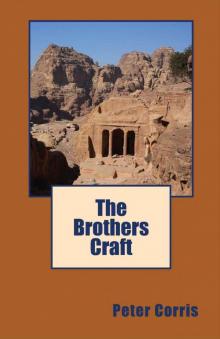 The Brothers Craft
The Brothers Craft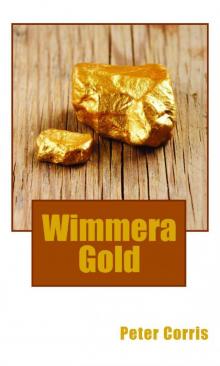 Wimmera Gold
Wimmera Gold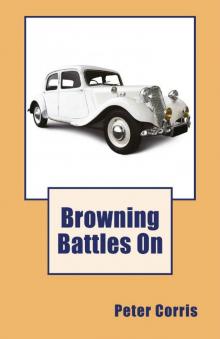 Browning Battles On
Browning Battles On Get Even
Get Even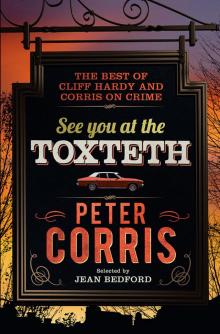 See You at the Toxteth
See You at the Toxteth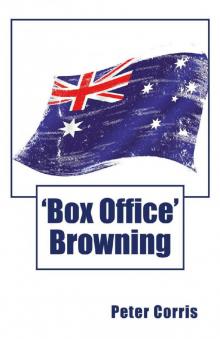 Box Office Browning
Box Office Browning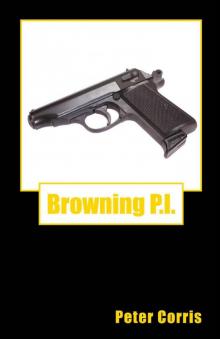 Browning PI
Browning PI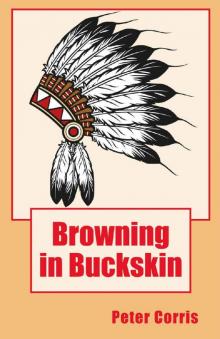 Browning in Buckskin
Browning in Buckskin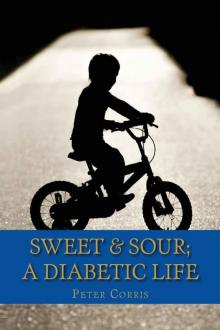 Sweet & Sour
Sweet & Sour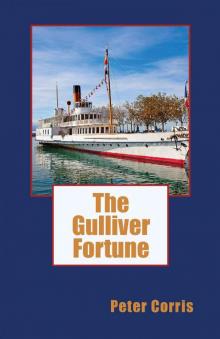 The Gulliver Fortune
The Gulliver Fortune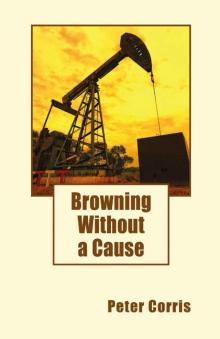 Browning Without a Cause
Browning Without a Cause That Empty Feeling
That Empty Feeling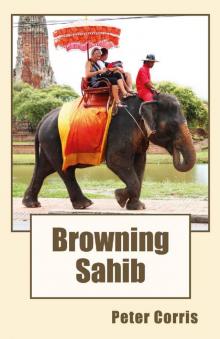 Browning Sahib
Browning Sahib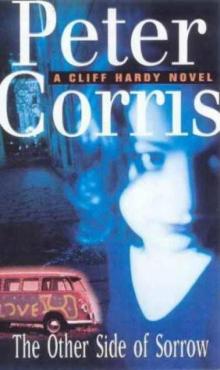 The Other Side of Sorrow ch-23
The Other Side of Sorrow ch-23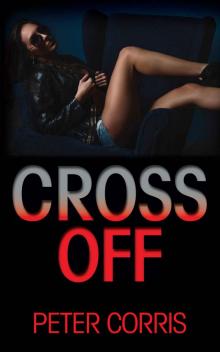 Cross Off
Cross Off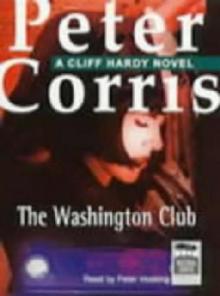 The Washington Club ch-19
The Washington Club ch-19 Deal Me Out ch-9
Deal Me Out ch-9 Deep Water ch-34
Deep Water ch-34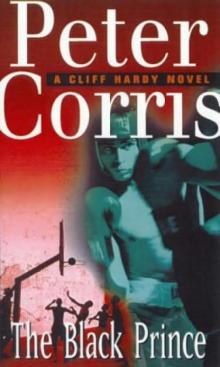 The Black Prince ch-22
The Black Prince ch-22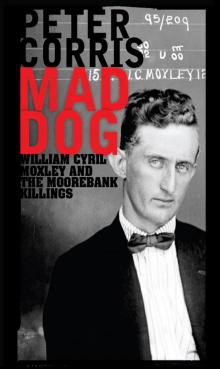 Mad Dog Moxley
Mad Dog Moxley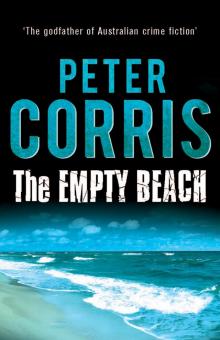 The Empty Beach
The Empty Beach The Reward
The Reward Forget Me If You Can ch-20
Forget Me If You Can ch-20 O'Fear
O'Fear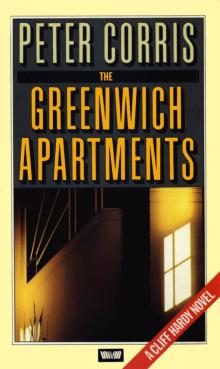 The Greenwich Apartments
The Greenwich Apartments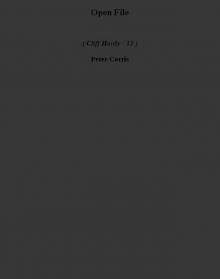 Open File ch-33
Open File ch-33 The Coast Road
The Coast Road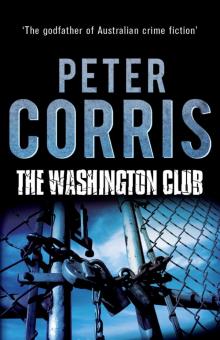 The Washington Club
The Washington Club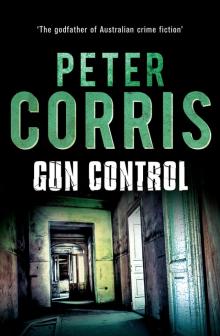 Gun Control
Gun Control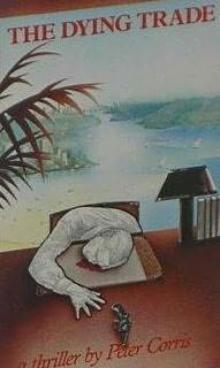 The Dying Trade ch-1
The Dying Trade ch-1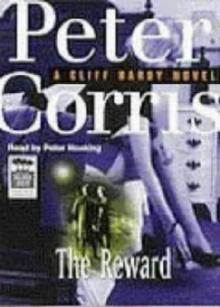 The Reward ch-21
The Reward ch-21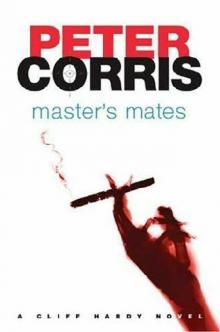 Master's mates ch-26
Master's mates ch-26![The Dunbar Case - [Cliff Hardy 38] Read online](http://i1.bookreadfree.com/i1/03/27/the_dunbar_case_-_cliff_hardy_38_preview.jpg) The Dunbar Case - [Cliff Hardy 38]
The Dunbar Case - [Cliff Hardy 38] The Winning Side
The Winning Side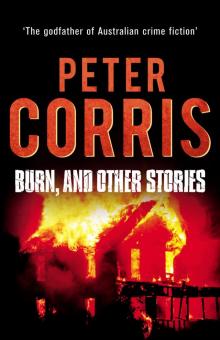 Burn, and Other Stories
Burn, and Other Stories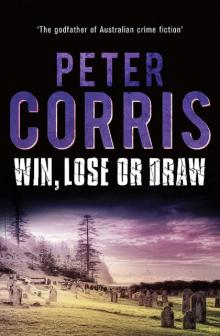 Win, Lose or Draw
Win, Lose or Draw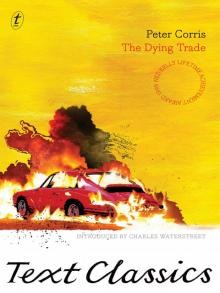 The Dying Trade
The Dying Trade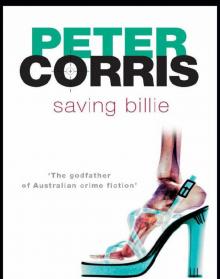 Saving Billie
Saving Billie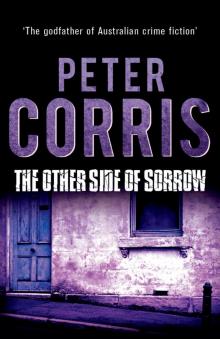 The Other Side of Sorrow
The Other Side of Sorrow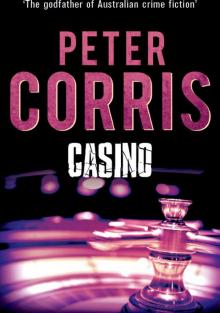 Casino
Casino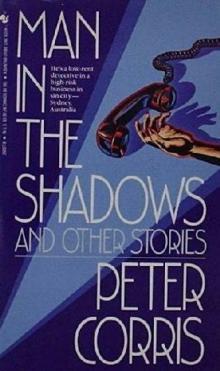 Man In The Shadows ch-11
Man In The Shadows ch-11 The January Zone ch-10
The January Zone ch-10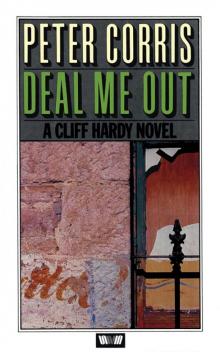 Deal Me Out
Deal Me Out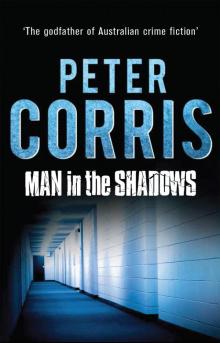 Man in the Shadows
Man in the Shadows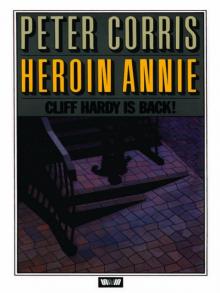 Heroin Annie
Heroin Annie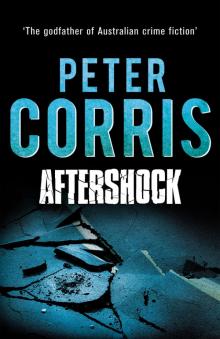 Aftershock
Aftershock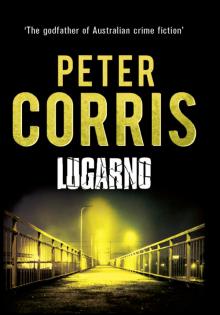 Lugarno
Lugarno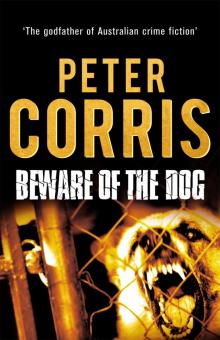 Beware of the Dog
Beware of the Dog Aftershock ch-14
Aftershock ch-14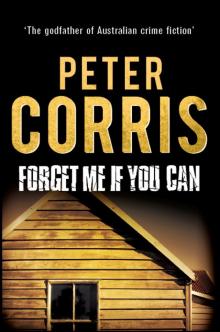 Forget Me If You Can
Forget Me If You Can The Big Drop
The Big Drop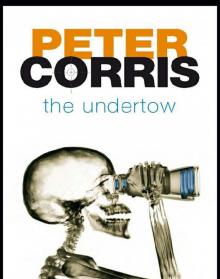 The Undertow
The Undertow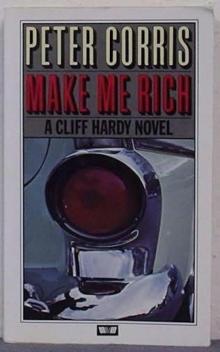 Make Me Rich ch-6
Make Me Rich ch-6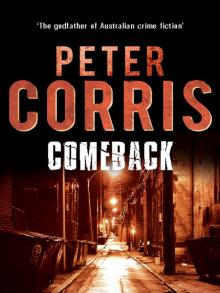 Comeback
Comeback The Big Drop ch-7
The Big Drop ch-7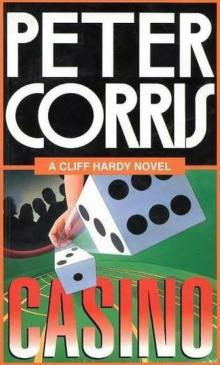 Casino ch-18
Casino ch-18![Comeback - [Cliff Hardy 37] Read online](http://i1.bookreadfree.com/i1/04/01/comeback_-_cliff_hardy_37_preview.jpg) Comeback - [Cliff Hardy 37]
Comeback - [Cliff Hardy 37]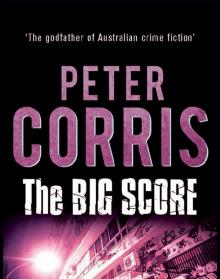 The Big Score
The Big Score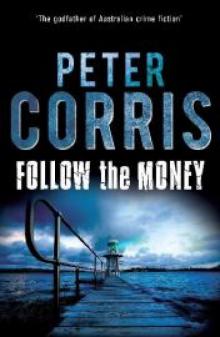 Follow the Money
Follow the Money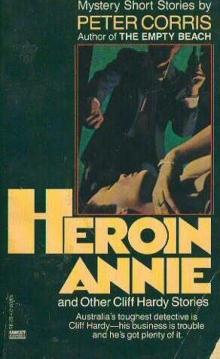 Heroin Annie ch-5
Heroin Annie ch-5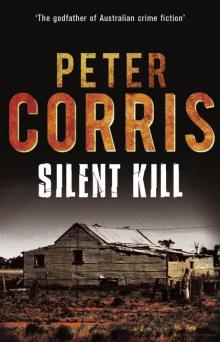 Silent Kill
Silent Kill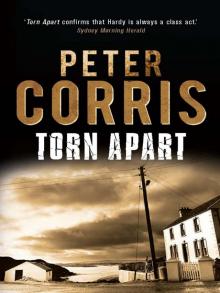 Torn Apart
Torn Apart The Marvellous Boy
The Marvellous Boy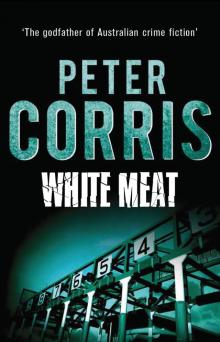 White Meat
White Meat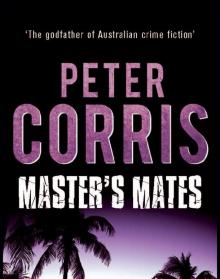 Master's Mates
Master's Mates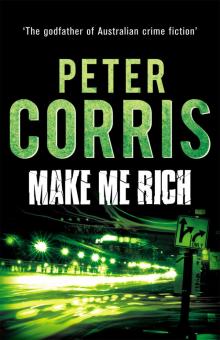 Make Me Rich
Make Me Rich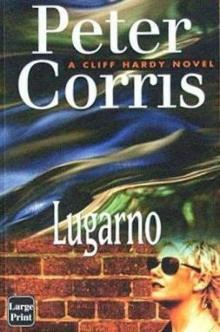 Lugarno ch-24
Lugarno ch-24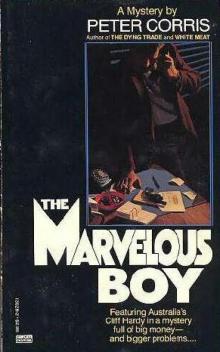 The Marvellous Boy ch-3
The Marvellous Boy ch-3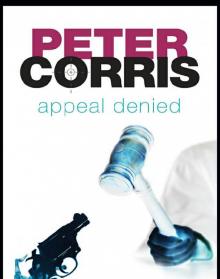 Appeal Denied: A Cliff Hardy Novel
Appeal Denied: A Cliff Hardy Novel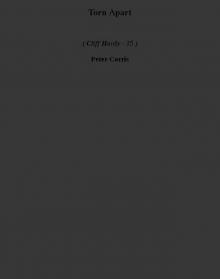 Torn Apart ch-35
Torn Apart ch-35 The January Zone
The January Zone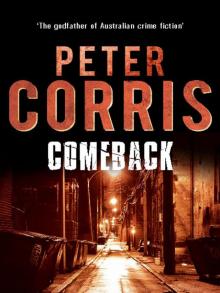 Comeback ch-37
Comeback ch-37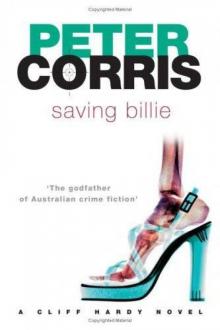 Saving Billie ch-29
Saving Billie ch-29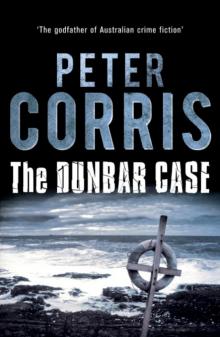 Dunbar Case
Dunbar Case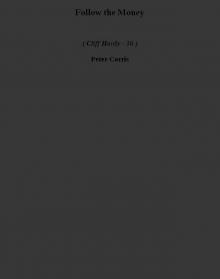 Follow the Money ch-36
Follow the Money ch-36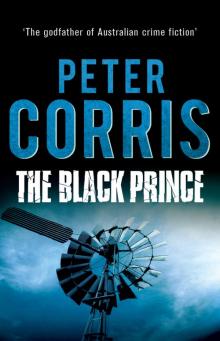 The Black Prince
The Black Prince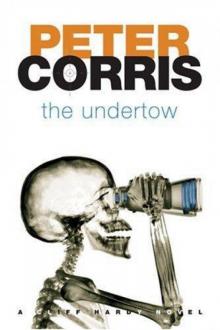 The Undertow ch-30
The Undertow ch-30 Taking Care of Business ch-28
Taking Care of Business ch-28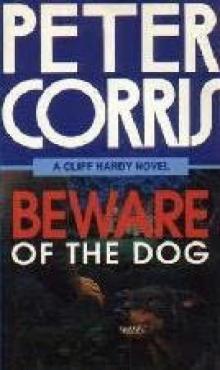 Beware of the Dog ch-15
Beware of the Dog ch-15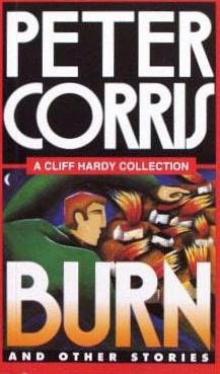 Burn and Other Stories ch-16
Burn and Other Stories ch-16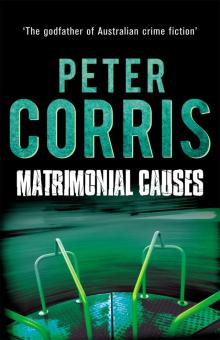 Matrimonial Causes
Matrimonial Causes Matrimonial Causes ch-17
Matrimonial Causes ch-17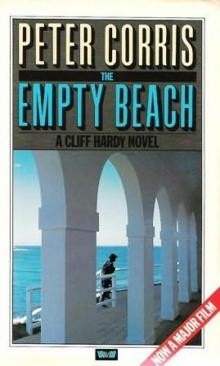 The Empty Beach ch-4
The Empty Beach ch-4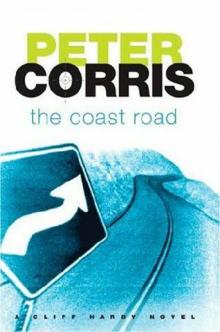 The Coast Road ch-27
The Coast Road ch-27 Salt and Blood
Salt and Blood The Greenwich Apartments ch-8
The Greenwich Apartments ch-8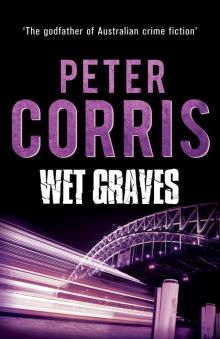 Wet Graves
Wet Graves